A friend told me that she owns 400+ books and that she feels that she needs many lifetimes to read them all.
If you feel you’re in the same situation – be it because of the number of books you have or piles of paper that accumulated over the years, then this is the article for you.
And the good news is that the more defeated you feel when you think about this, the bigger the benefits are going to be.
So let’s dive in.
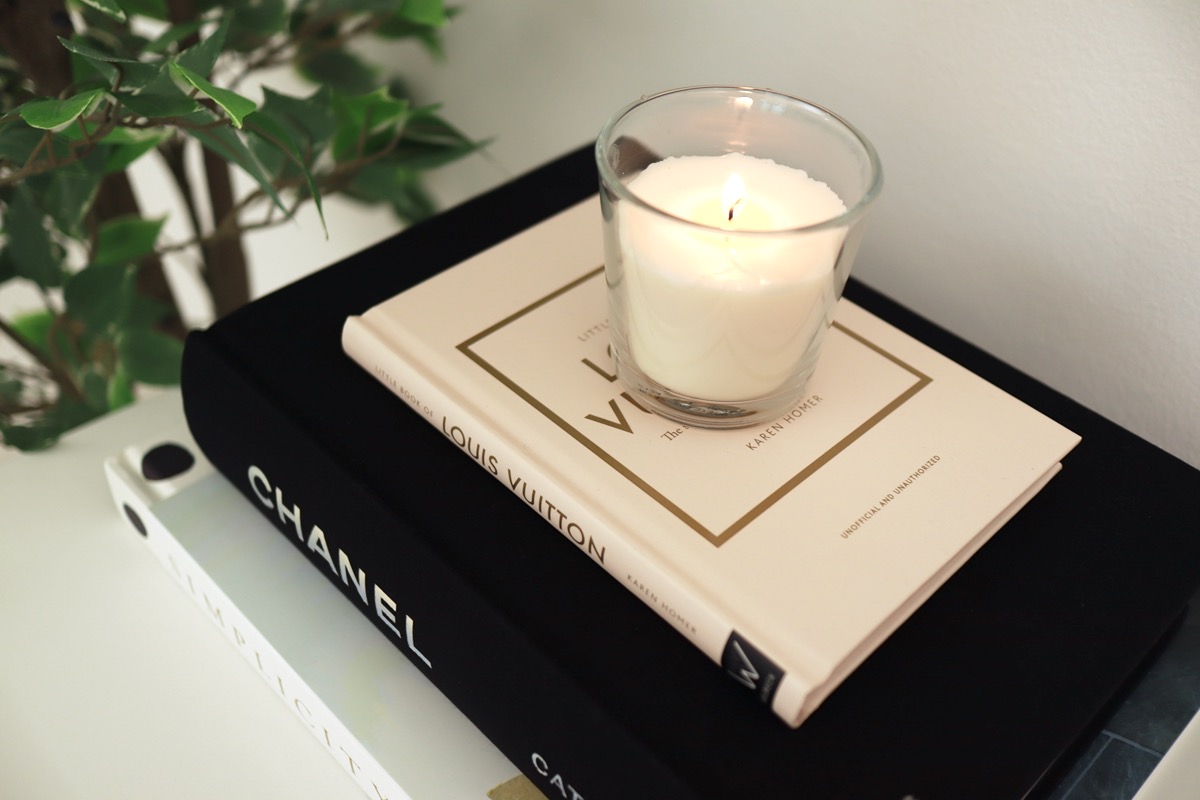
BOOKS
No matter what kind of books you have: cookbooks, study books, workbooks, guides, biographies, self-help books, magazines, journals and even school notes (remember those?) – the reason you bought them or kept them, is because you believe they have useful information for you and your life.
So the first thing that we must acknowledge when it comes to books is that what we want is information, not the material object itself. I know this sounds obvious, but you really have to let this sink in, in order to successfully declutter and make better purchases in the future.
So start by asking a question:
1. What is important to me?
Books and notebooks are very personal, so to know which ones to keep, we must understand who we are and where we’re going.
Take some time to write down where do you see yourself in the next five to ten years – what are the changes you’re trying to implement and on which areas do you want to work on?
Make sure you pick areas that are important to you, not the ones that will please everyone but you – listen to your inner voice as much as you can.
2. Time for action
Once you have a clear picture of your goals, you’re ready to go through the next decluttering steps:
- First, put every book, workbook, magazine, notebook, journal etc. you own, in one spot. Don’t leave anything out!
- Now start decluttering by asking yourself which books are going to bring you closer to the life you want to live and the person you want to become – any book that won’t bring you closer to your goals you can confidently let go.
- If you have some books you’re unsure of, put them in the maybe pile, so you come back to them later.
- Continue until you’re left with three piles – yes, no and maybe.
3. Maybe pile
What to do with books that you’re uncertain about?
Start by asking yourself why do you have trouble letting go – did you attach an idea of the future to it, or does it remind you of the past and is sentimental?
If that doesn’t do the trick, then try to get the answer to the question “Why didn’t I read/use it?”. Be true with yourself and if the answer is as simple as “I don’t want to”, that’s okay.
Honestly, most items that end up in the maybe pile are items we should get rid of – but because decluttering by force never works, I suggest that you put them in storage and observe what happens with time (more on that in the next point).
*NOTE: Books you’ve stopped reading halfway through should probably go – honestly if you’d enjoy reading them or you’d find them useful you would keep reading them. So be honest with yourself and let them go.

4. Pick a number for your book collection
Now it’s time to create a book collection that will inspire you every time you look at it.
First, pick a number of books that you want to have on display at all times – that will depend on your area of the display (bookshelf, shelf, top of the dresser etc.), but whatever the number, make sure you don’t feel overwhelmed or stressed by the amount you keep.
Now, select your books – pick the ones you’re planning to read in the near future and the ones you’ve already read, loved and want to reread sometime again.
Don’t worry if your chosen number is lower than the total number of books you kept – simply put the rest in storage (in a drawer, a cupboard etc.) and then, after you read a book from the main collection, you can let it go and replace it with a new one from the storage.
Keep doing that until all of your books are out on display. And now, the best part – implement a ‘one in, one out’ rule to keep your collection the size you want.
5. Don’t forget digital books
Once you’ve successfully decluttered all your books, it’s time to repeat the process for your digital books and audiobooks – delete and organise everything until you’re happy with it.
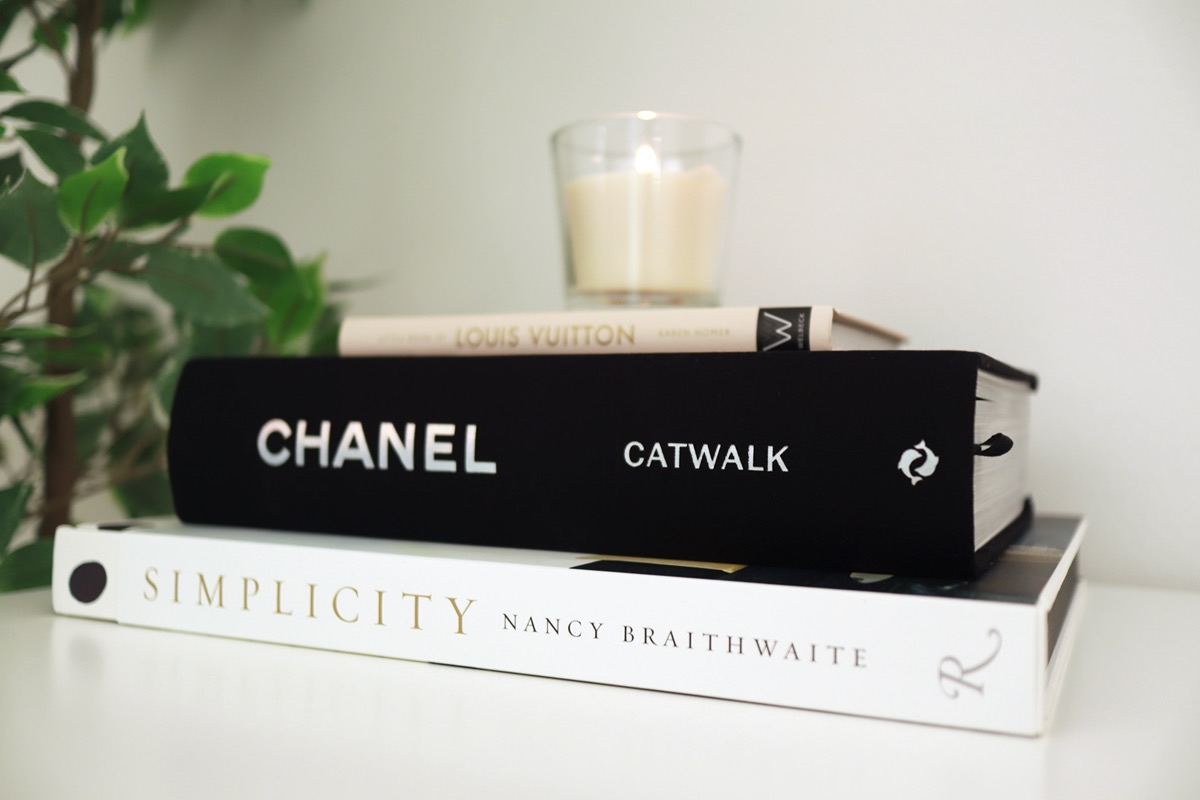
PAPER
As books bring us some value, paper is more or less the necessary evil, so the more we can get rid of it, the better. And yes, dealing with it can be a bit overwhelming, but I honestly think it’s worth the effort.
The best way to start is to put everything in one place, as we usually do when decluttering – check all the drawers, boxes, storage etc. Don’t miss anything!
To make the process quicker and more enjoyable, I suggest doing it with your partner or family, especially if some papers belong to them as well.
1. Sort by categories
Once you have everything out on the floor, it’s time to start sorting. And to make the process more manageable, I recommend you sort into three different piles:
- Important papers that you must keep, such as personal documents, contracts, business documents, warranties, receipts etc.
- Non-important papers that you want to keep such as creative notes, journals and sentimental items.
- Discard pile for outdated documents, unnecessary manuals, expired receipts and anything else you want to discard.
*NOTE: Be ruthless – it’s easy to think we need all of these papers but the less we keep, the better. So do you really need a manual for your appliances or can you find them online? And are holding onto your journals even though you don’t read or need them? Be as honest as you can be and don’t be afraid to let go of the majority of the paper.
2. Time to organise
Once you’ve completed sorting out paper, then it’s time for organising.
Let’s start with the discard pile.
Shred any documents that need to be shredded and recycle the rest. I recommend you do that as soon as possible to clear out the mess in your house.
*NOTE: Sometimes discarding can take a lot longer than one day, especially if you’re dealing with business documents, so in that case simply put everything aside so you can do it bit by bit, daily.
Now let’s organise the keep piles.
I suggest you keep the system as simple as possible. All personal documents can go into one file (one file per person), warranties and receipts can be stored in a box, and other everyday papers can be saved in reusable envelopes.
*TIP: If you want to get rid of even more paper you can photograph or scan certain documents and papers to store them digitally. But make sure your time is worth the effort – this is best to do with papers we need for a longer time.
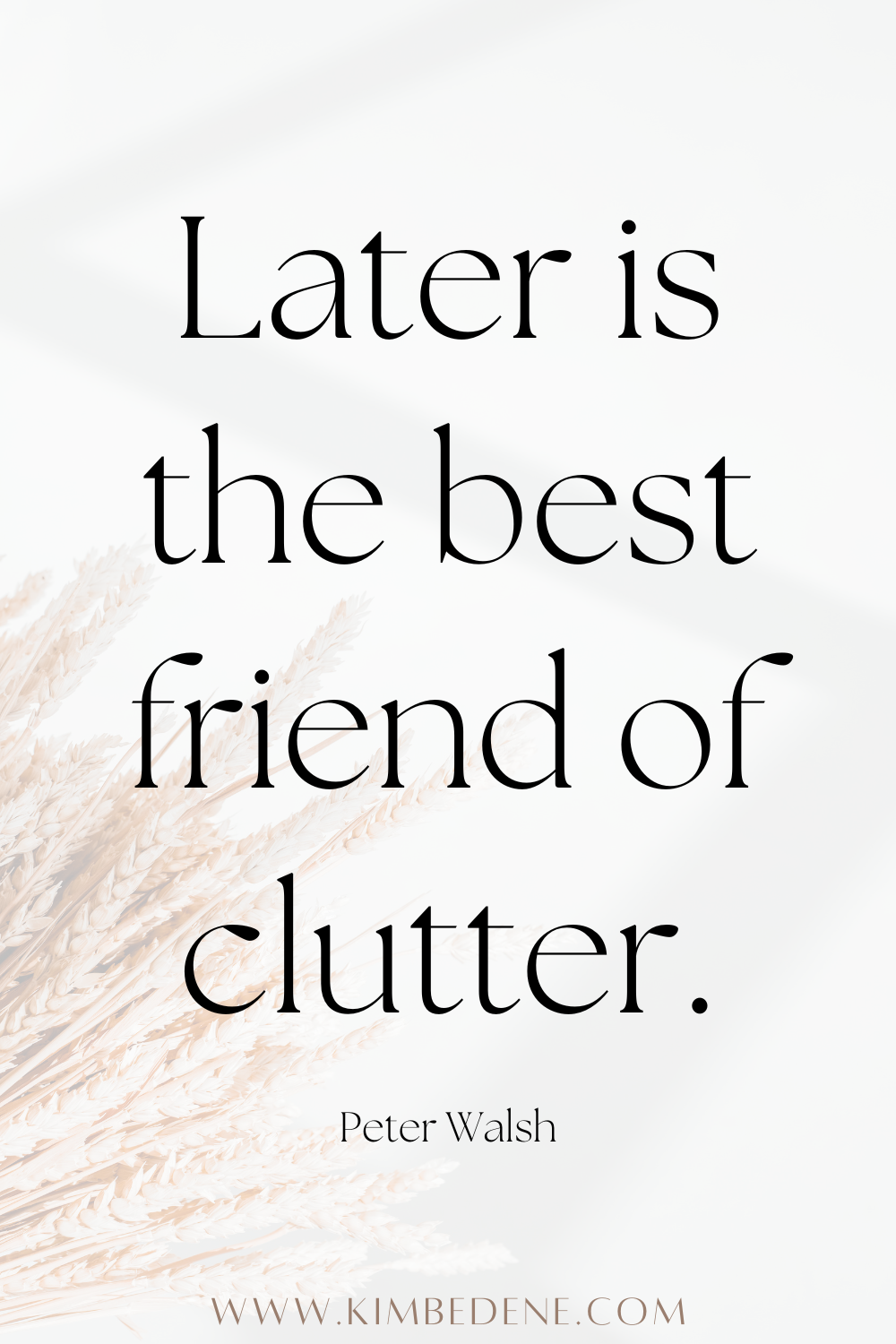
CARDS AND PASSPORTS
If you’ve come this far then I recommend doing a final round of decluttering for your credit cards, loyalty cards, IDs, passports, business cards etc.
Bring everything to one spot and let go of anything expired and useless. Your wallet will thank you!
And if you still want to keep some business and loyalty cards, I strongly advise you find a home for them, so they don’t just float around in your bag or your wallet:
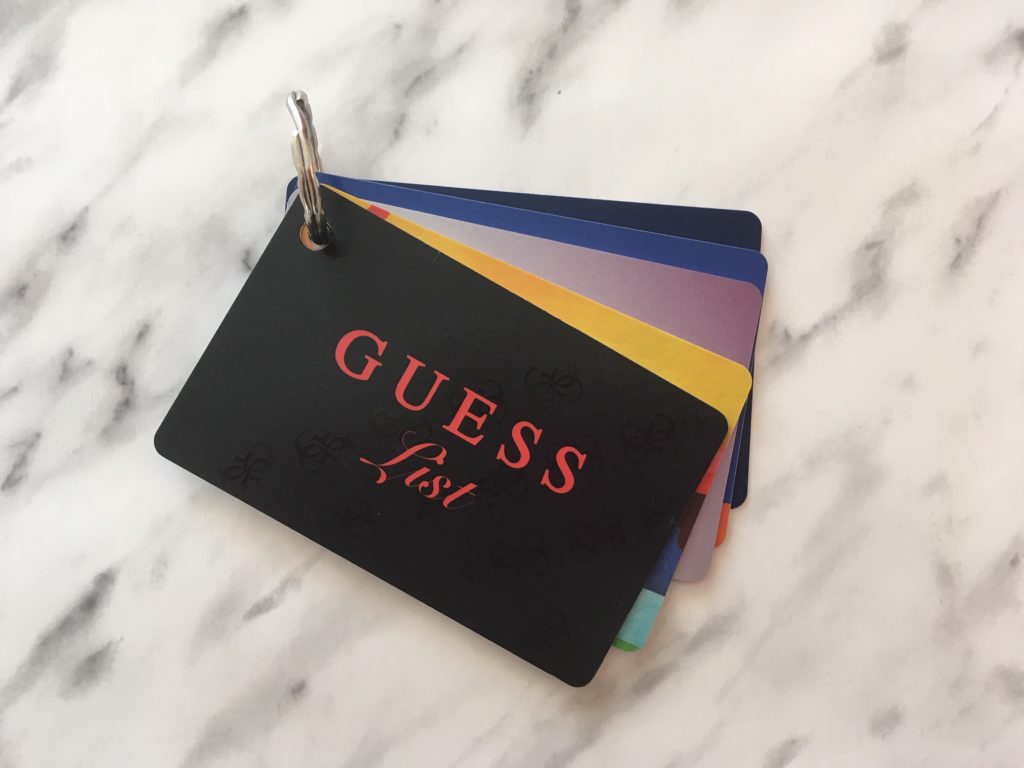
- You can put all of your business cards into a business cardholder.
- And for your loyalty cards, you can do two different things: one is to create a card collection with a key ring, and the other thing is to use an app, such as Stocard on your phone, so you don’t have to carry them around everywhere you go.
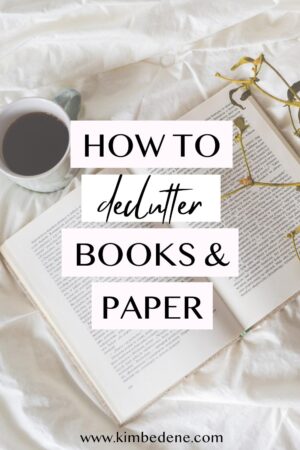
I hope this gives you some decluttering inspiration. And if you want to declutter your digital life too, read this post next: How to declutter digital life
If you enjoyed this post, I’d be very grateful if you’d help it spread by sharing it!
